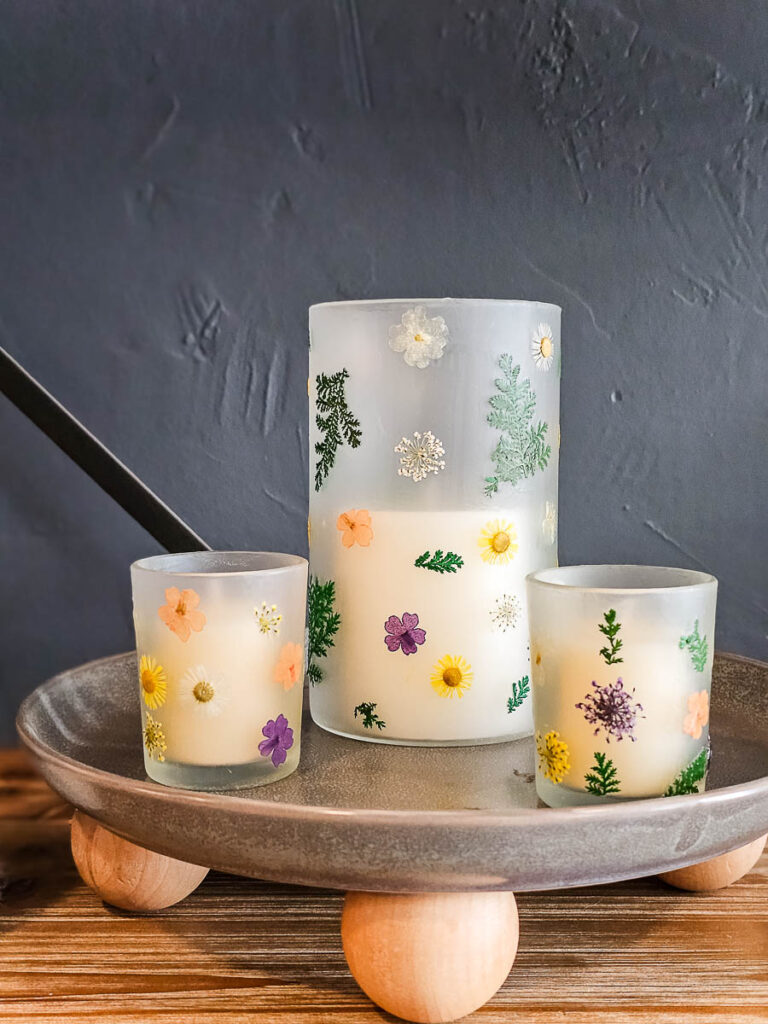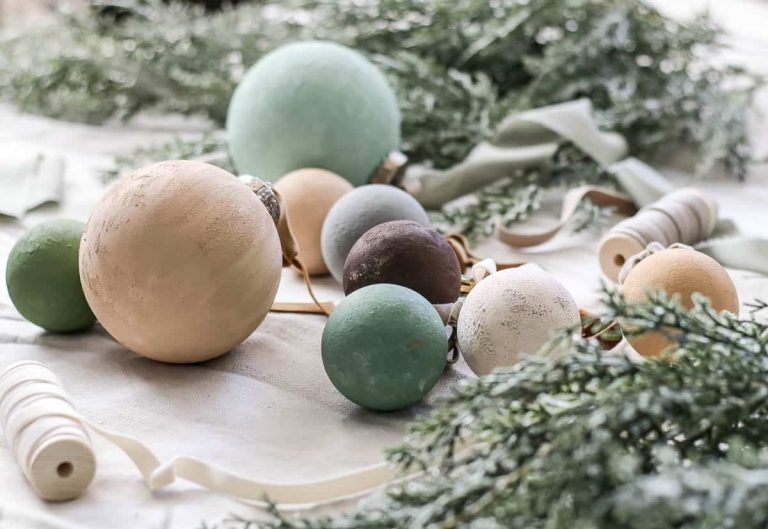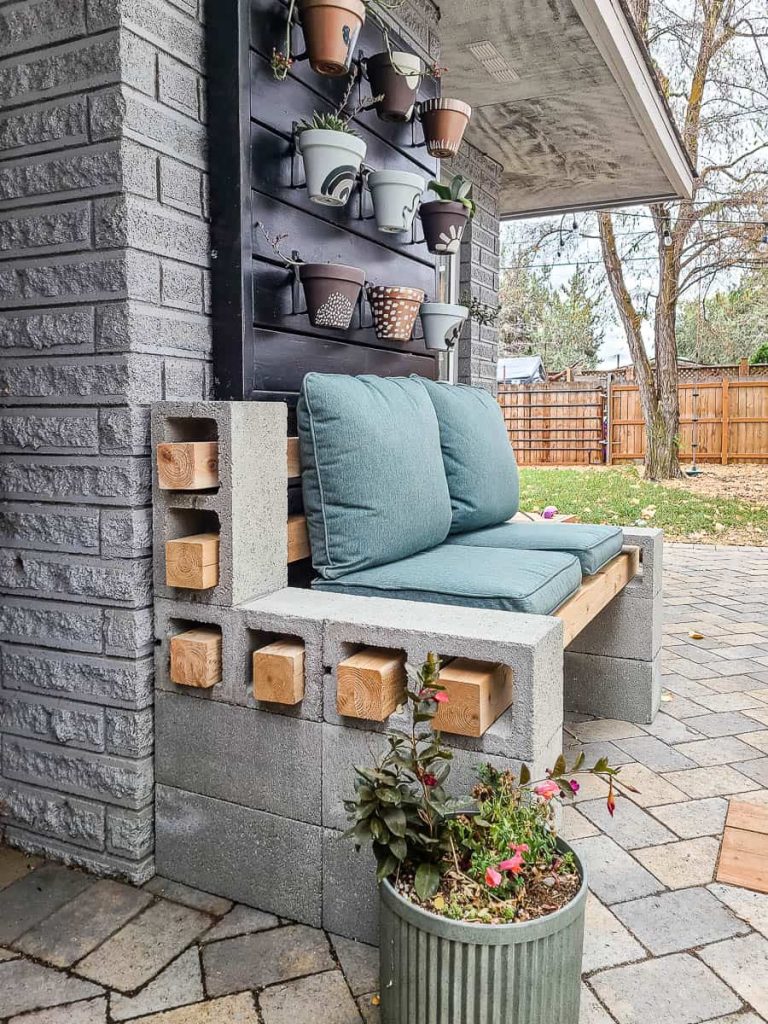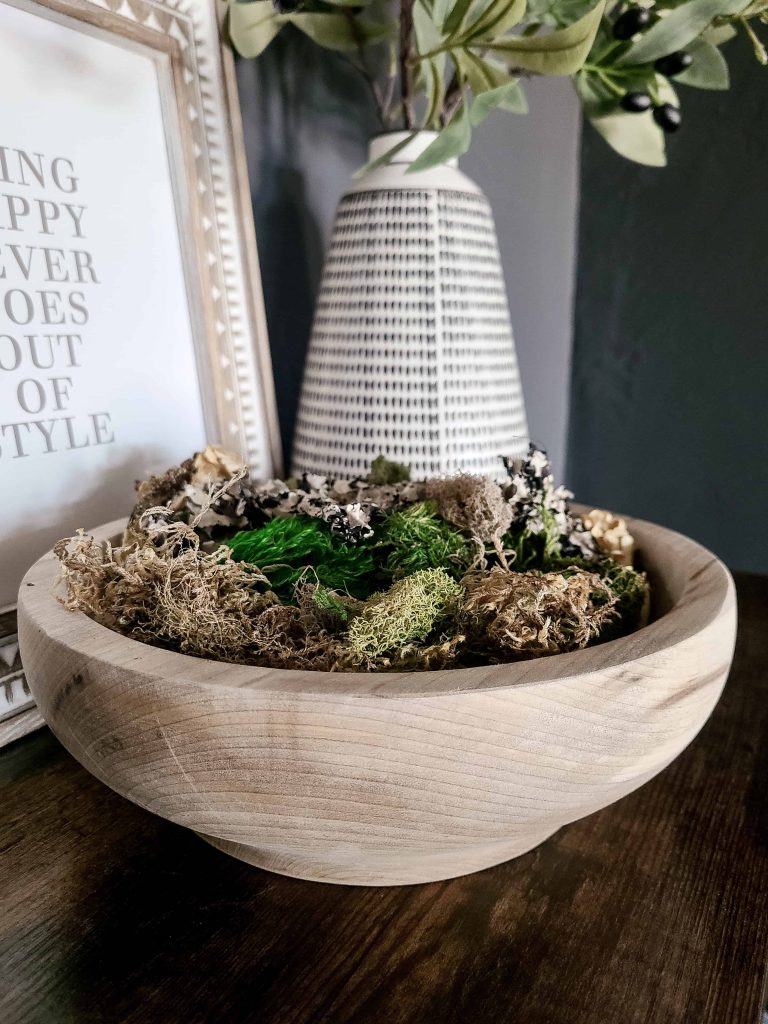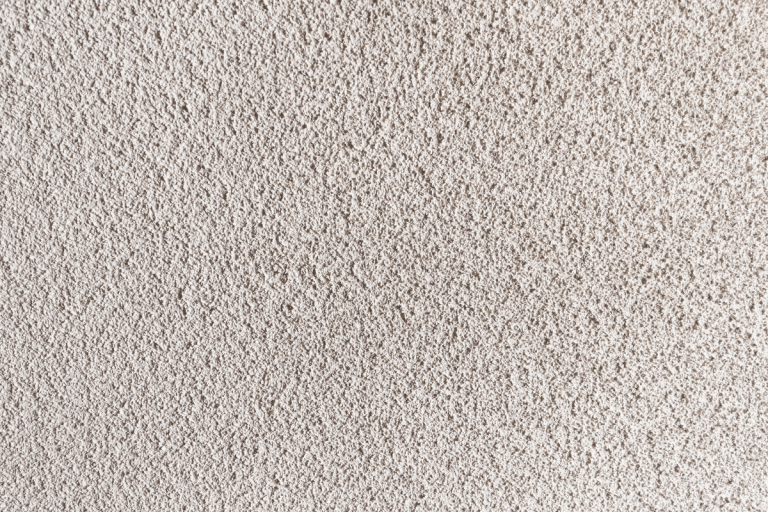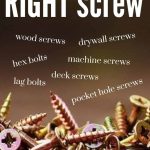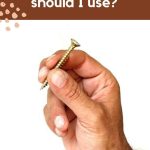A Complete Beginner’s Guide to Screws: Types of Screws, Screw Heads and Screw Drives
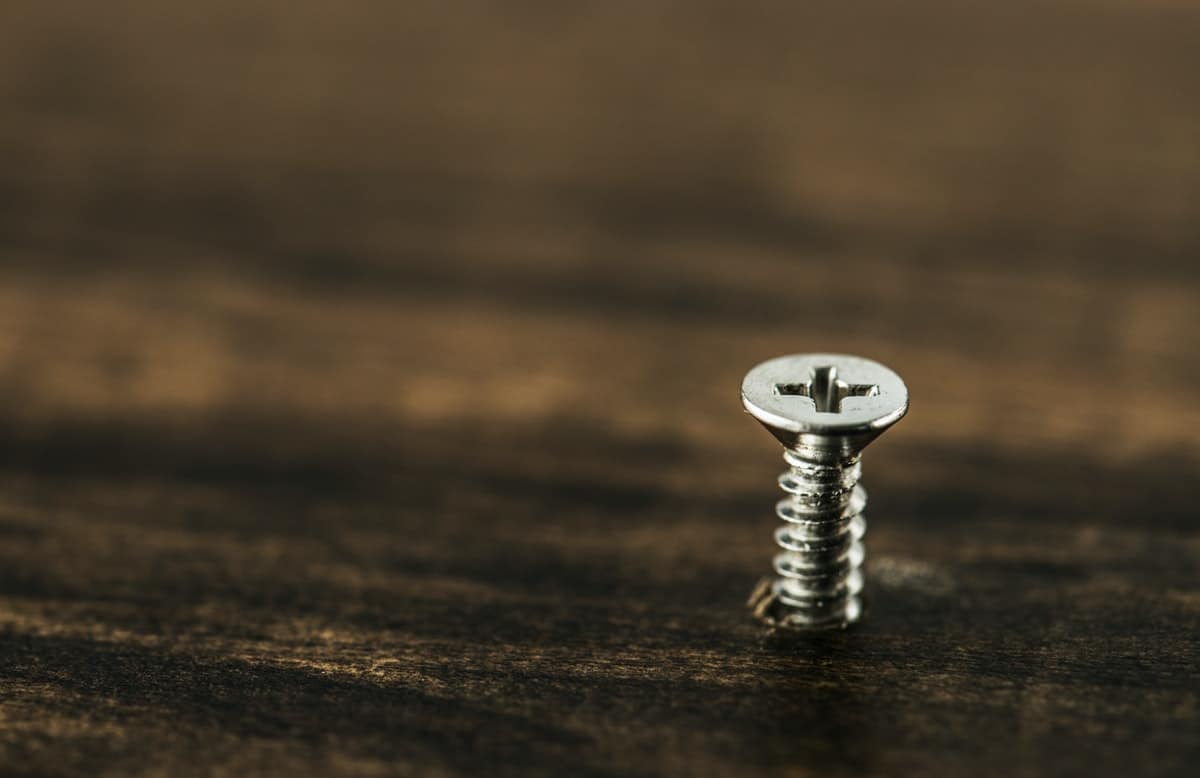
If you’ve ever made a trip to a hardware store for a simple box of screws, you probably stood in awe at how many different types of screws there are! When you are working on a project, it’s important to use the right screw for the job.
In this guide, we give you the complete low down on the different kinds of screws, screwdrivers, and when to use them.
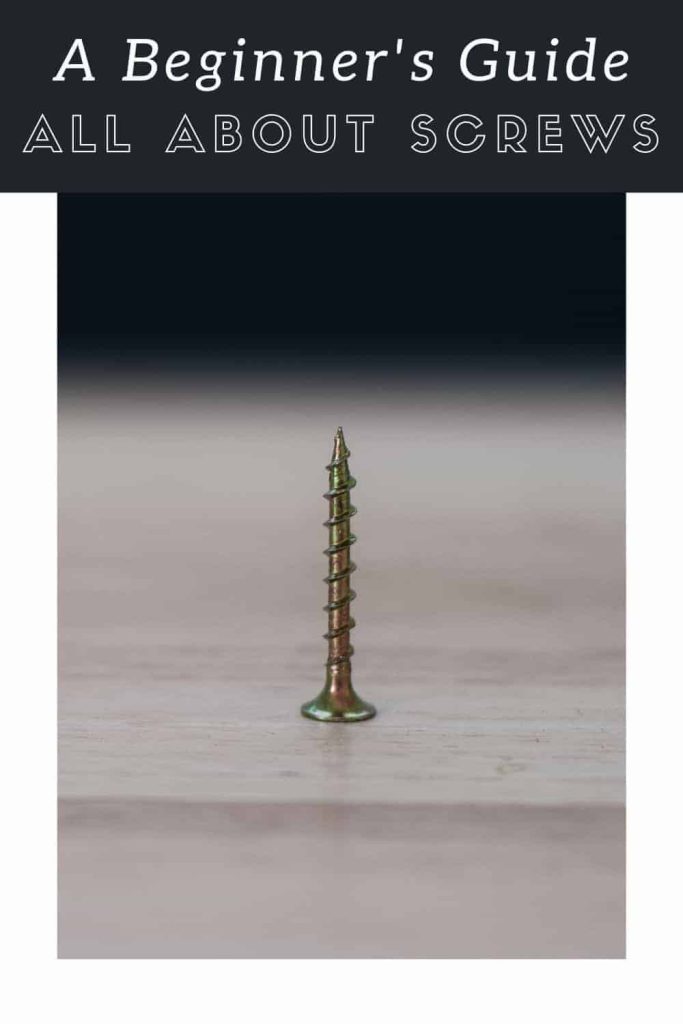
When I was a beginner, I thought “Hey, a screw’s a screw! What difference does it make?”
But as I got some experience under my tool belt, I quickly realized there are major differences in the function and purpose. Screws and their drivers aren’t all created equal for every job, and if you want the job done right the first time, keep this guide handy for your next project!
Here, we will walk through basic information on screws, parts of a screw, types of screw heads, their uses, and their respective screwdrivers.
A beginner’s guide to the types of screws
What’s the difference between screws and nails?
Another common misconception: when to use screws vs. nails. It doesn’t seem like it would be a big deal, especially for small projects, but using a screw instead of a nail can be the difference between drywall ripping from floor to ceiling, or a picture frame steadily hanging on the wall. The way an object is nailed or adhered to a wall makes a big difference! Trust us here!
Further reading – The type of nail gun you use also makes a different! Read the difference between a brad nailer vs a finish nailer in this article!
In a nutshell:
- Nails are less brittle but have greater strength than screws and have their unique purpose in projects. Nails should be used for joinery where the force of moving back and forth is more crucial.
- Screws, on the other hand, have threaded shafts allowing them to grip into wood and surfaces much more tightly than nails. Therefore, screws are much more reliable when it comes to holding lumber together, assembling furniture, etcetera.
Parts of a screw:
Before we get into the specifics of the different types of screws, it’s important to understand the basics of every kind of screw.
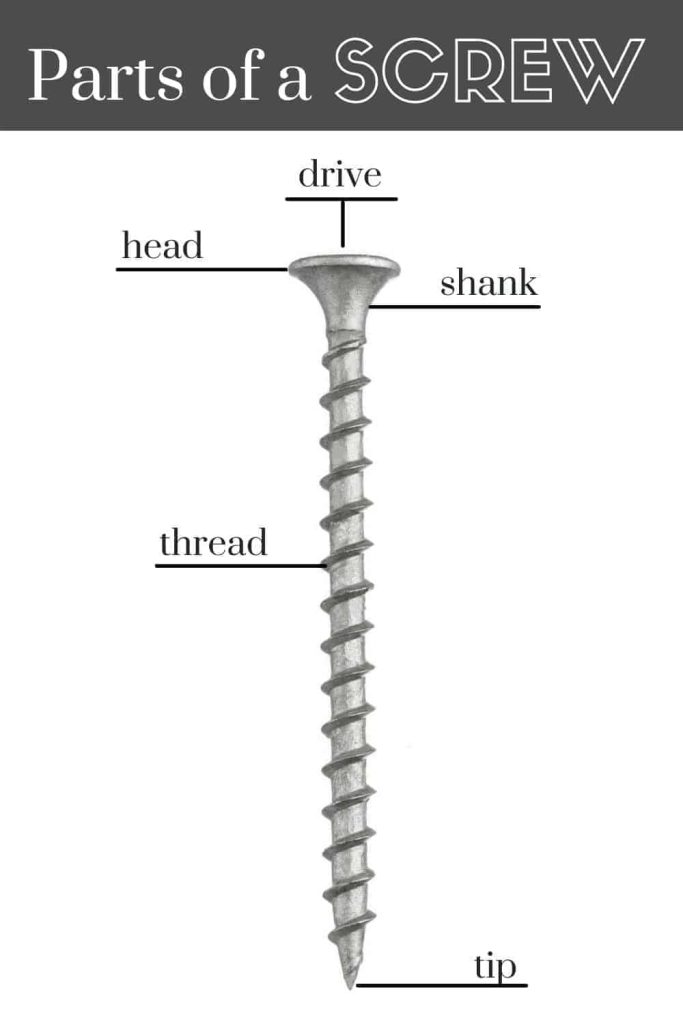
For this purpose, I created this handy diagram to refer to. Save this as you begin your next project.
No matter what kind of screw you are working with, all of them have the same anatomy:
- Drive: This is the slot where the tip of the screwdriver meets the screw – on top of the head of the screw. According to the screw you are using, the shape and size will vary.
- Head: The head of the screw is between the drive and the shank. Heads may be beveled, domed, flat, raised, etc. The size and shape of the screw head have a lot to do with the kind of project you are working on, the aesthetic, and the functionality.
- Shank: Think of the shank as the neck of the screw, between the head and thread. Again, these come in many shapes and sizes depending on their uses. You will find some are the same diameter along the length of the shank, and others may be angled or sloped. In some cases, the shank of the screw will be completely threaded for extra holding power.
- Thread: The thread is the spiral that determines how well an object is held in place. Some screws will have larger or smaller gaps depending on the size and purpose of the screw.
- Tip: The tip of the screw is the point that helps guide the screw into the material. Some screws have pointed tips, split points, or no point, depending on the use.
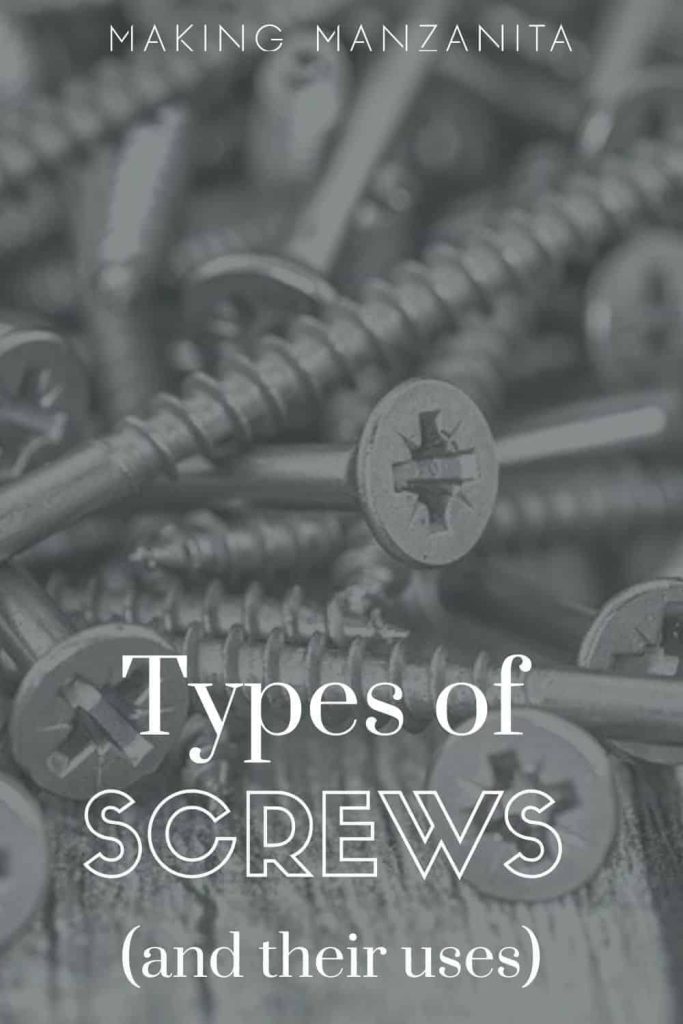
Types of screws and their uses
With a general understanding of the anatomy of the screw, we can move into the different types of screws and the projects you may use them.
Wood Screws
Wood screws are best used in woodworking applications or furniture building because they are thicker and made of softer metal which makes them less likely to snap.
This type of screw has a tapered head and a partially threaded shank and is used to join two pieces of wood together securely.
Generally, these screws are available with a Phillips head or Flathead and can be used on interior or exterior projects.
When drilling with wood screws, a pilot hole is recommended to prevent the wood from splitting or cracking as the screw goes in.
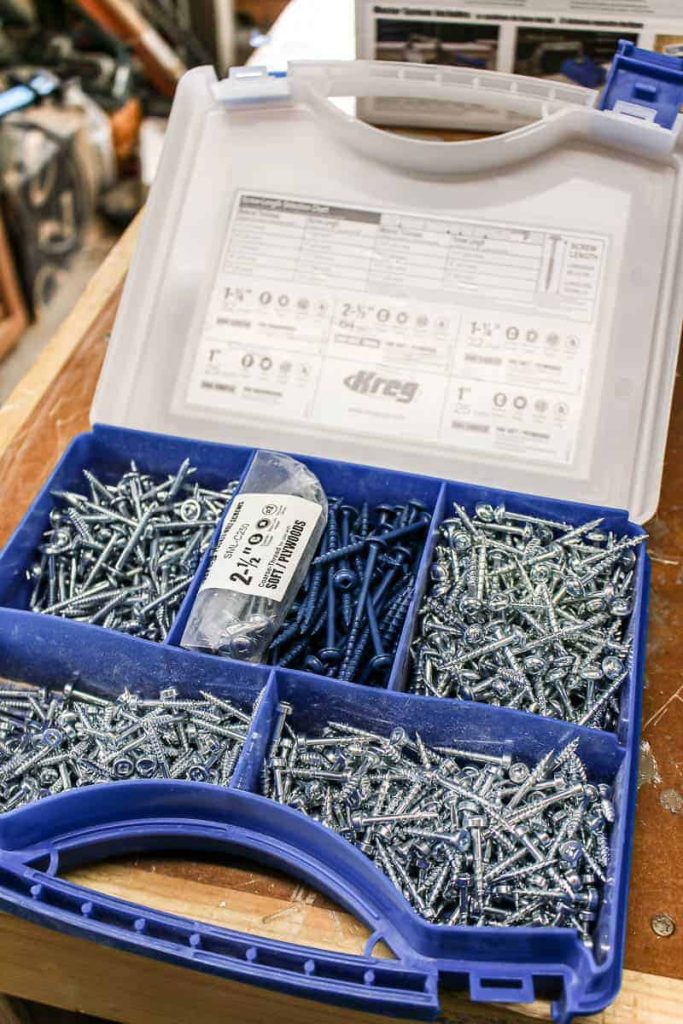
Pocket Hole Screws
Pocket hole screws are just like sound…they are made for pocket holes. Pocket hole joinery is great for assembling furniture, cabinets, and other casework easy and efficient. In fact, I have an entire guide on how to work with pocket hole joinery.
The screw’s main role is to join two pieces of wood together at a pocket joint or intersection where two pieces of lumber meet.
The main difference between a pocket hole screw and a regular screw is that the pocket hole screw is only threaded on the bottom half of the screw’s body. This ensures that the threads are primarily in the second piece of wood, holding both pieces together securely.
Using a pocket hole saves time because you don’t have to worry about waiting for glue to dry.
Drywall Screws
Drywall screws are a standard fastener for securing drywall to wall studs or ceiling joists. But, they are thinner than wood screws, making them prone to snapping. Because of this, an anchor is recommended when hanging anything of weight on drywall.
Drywall screws come in a variety of different lengths, thread types, heads, points, and compositions for different projects. Most of them are fully threaded with a bugle-shaped head.
I recommend sticking to indoor projects or light building projects with drywall screws. Avoid drywall screws for any heavy-duty or outdoor projects.
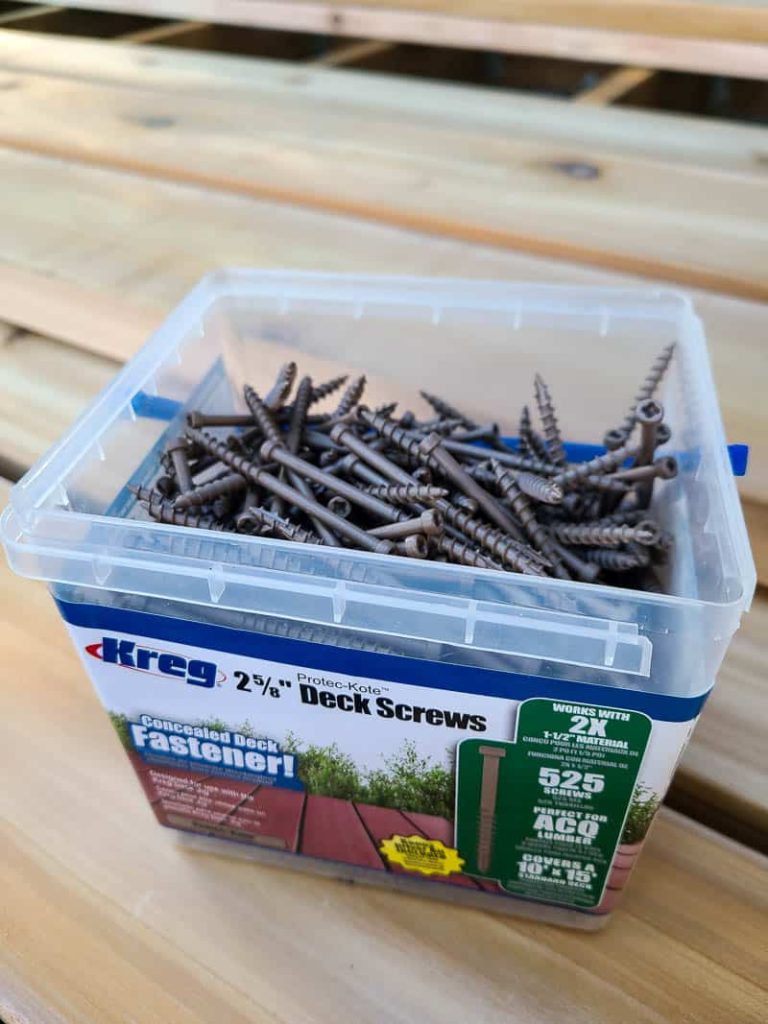
Deck Screws
Deck screws are the alpha of screws when it comes to holding strength!
Deck screws are stronger than wood screws and are often made from hardened steel, stainless steel, or copper and have a corrosion-resistant coating making them perfect for building decks or outside structures and even outdoor woodworking projects.
They provide excellent retention of the boards against the deck frame and can help prevent the dreaded squeak that happens when nails are used.
Machine Screws
Machine screws are generally used to secure machinery parts or in construction or electrical components (light fixture boxes, outlets, light switches, etc).
Typically, the threads along the shaft are much finer than other screw types and they have no point at the tip of the screw.
This type of screw is intended to be used in predrilled holes or with a nut to fasten metal parts. When selecting the screw and nut, it’s important to make sure both have the same thread style.
Typically, these are sold together, but if you are rummaging through your toolbox, make sure they are mates before beginning your project.
Hex Bolts
Still considered a screw, the hex bolt has a six-sided head and is either partially threaded or completely threaded. Driven by a wrench, these heavy-duty bolts are used to fasten wood to wood or metal to wood.
Lag Bolts
Commonly known as lag bolts, lag screws are some of the toughest fasteners on the market.
These screws require a pilot hole before going into the wood. Typically, the lag bolt is used in large building projects to join heavy lumber or materials that bear intense loads and are secured with a nut.
Carriage Bolts
The carriage bolt is a type of screw that is corrosion-resistant, scratch-resistant, and strong. It’s used in many applications in the water conservation and treatment, railroad, farming, and mining industries to name a few. You likely won’t come across these when you’re renovating and doing home projects.
Carriage bolts are always used with pilot holes to prevent damage to the materials. They are used to secure two pieces of wood together and in some cases fastening two pieces of metal together using a nut and a washer to pull the bolt tightly into the material when drilling.
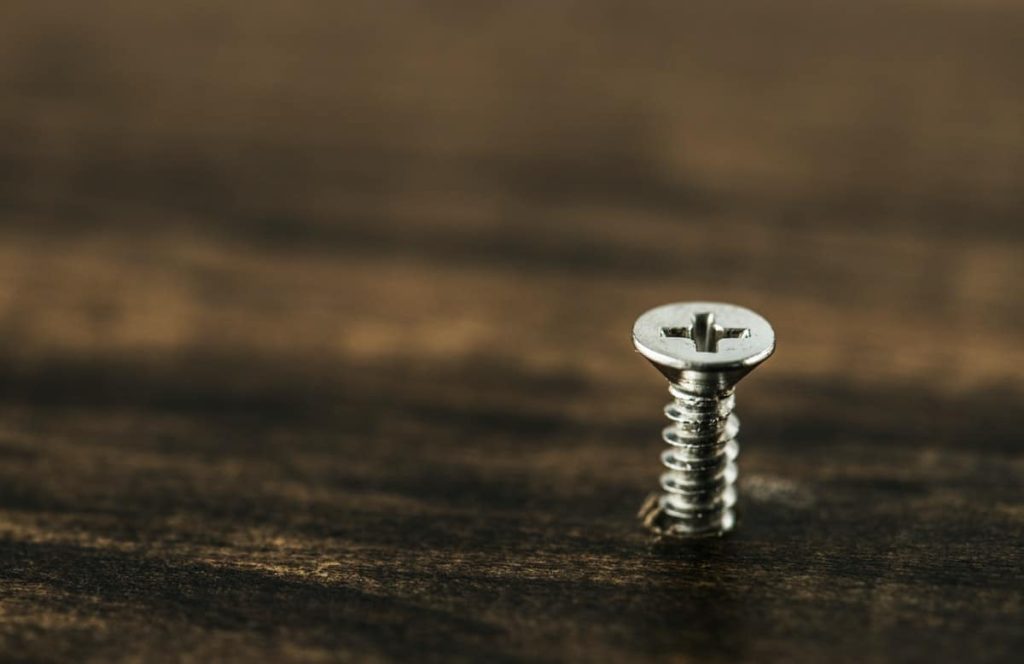
Types of screw heads
When it comes to screw heads, the number of options available depends on the project and how the screw will be “driven” into the material.
There are two options when it comes to driving screws into work material: Countersunk and Non-countersunk screws.
Countersunk Screw
A countersunk screw is a type of screw that sits flush or just below the surface of the material. They are tapered between the head and thread, creating an angle between the two parts of the screw.
Countersunk holes are created by using a countersink bit to drill a pilot hole before powering the screw into the material. The countersinking method provides cleaner, more attractive results to furniture or woodworking projects as the remaining space between the screw head and surface can easily be filled with wood plugs or filler.
Screws with countersunk heads are typically used in woodworking applications; however, driving the screw too far into the material can cause splitting or splintering (so be careful!). Typically, flat or bugle-shaped drives are commonly used for this method.
- Flat (or slotted) screw head – This shape screw head is flat on the top with a single horizontal indentation in the head. Typically driven by a flat-bladed screwdriver or a “flathead”.
- Bugle Screw Head – a self-drilling screw for drywall applications. Eliminates the need to drill additional pilot holes, saving time and effort.
- Raised Screw Head –This screw head is typically used when a decorative finish is required like with light fixtures.
Non-countersunk Screw
On the other hand, non-countersunk screw heads protrude from the material’s surface. Because the shank is not tapered, non-countersunk screws can only be installed up to their head with the edges preventing further drilling into the work material.
These types of screws are often preferred over countersunk screws because they put less stress on the material.
Here are the most common types of non-countersunk screws that don’t usually require pilot holes. These screw head designs are typically used when a decorative finish is required.
- Binding Screw Head – These are used for a wide range of projects with a slightly domed head and screw into each other with a male and female side. These aren’t typically used in woodworking projects, but can be used in bookbinding projects, or used to bind together swatches, leather, and more.
- Dome Screw Head – As one of the most common screw heads, this is typically used when a decorative finish is required like with light fixtures, ottomans, or other upholstered furniture pieces. This shape creates a visually appealing design where the inner part of the dome holds the screw in place and prevents drilling too far.
- Flange Screw Head – These are sometimes referred to as a frame screw. This style of screw head juts out from a circular flange directly underneath the head. This helps the screw stay in position, often taking the place of a washer in some projects.
- Truss Screw Head – Usually wider than other screw heads, truss heads are great when working with sheet metal and other projects requiring large holes. The wide head prevents the truss screw from going all the way through the pilot hole.
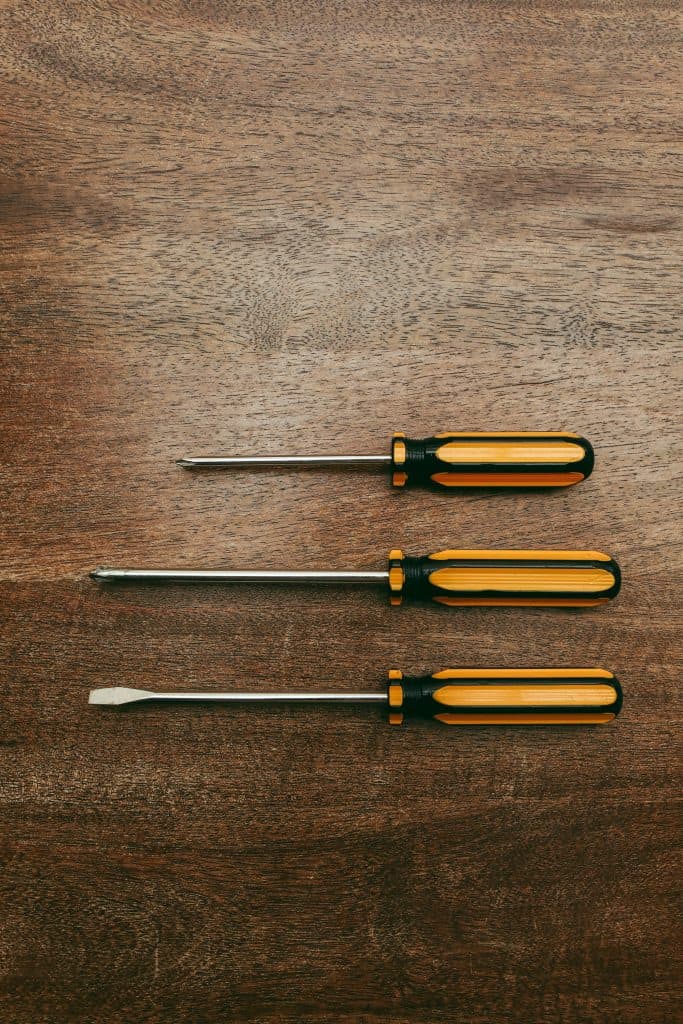
Types of screw drives
Just as every screw has its purpose and function, so do screw drives. The key we’ve learned is to always match your screw with the driver. Otherwise, you could end up damaging the fastener or the material you are working on.
There are 5 main types of screw drives:
Phillips Screwdriver
This is probably the most common type of screw driver available and is also known as a crosshead screwdriver. It has 4 prongs protruding from the drive tip or bit of the screwdriver and works best with a Phillips-head screw.
Flat Head Screwdriver
Also one of the most common screwdrivers! This is a wedge-shaped flat tip driver used for flat or slotted screws.
As a straightforward driver, it is used to assemble simple carpentry work and in applications where only a small amount of torque is needed.
Hex Screwdriver
A hex head looks much different than your regular screwdriver. Instead of a handle and a tip, the hex head is more of a small linear rod with a hexagonal shape. This is also called an Allen Key or Allen Wrench.
It is used for driving bolts and screws with a hexagonal socket, like hex bolts.
Torx Screwdriver
Also known as a 6-point or star driver. This tamper-resistant screw and screwdriver pair are used for extra insurability when securing screws in vehicles and electronics.
A Torx driver can also be used as a substitute for a hex driver.
Square Screwdriver
The Square, also known as the Robertson driver, fits a square-shaped socket at the screw head.
They are most used in woodworking and general construction. They are extremely efficient to use as they can be managed one-handed because of the precise fit of the square-shaped driver and the matching socket of the screw.
And there you have it! That’s a basic look at the types of screws, their parts, and the specifics of screwdrivers. It’s important to understand what your project requires before getting started. Keep this guide as a handy reference!
Do you have any other questions about screws?
Let us know in the comments below!


